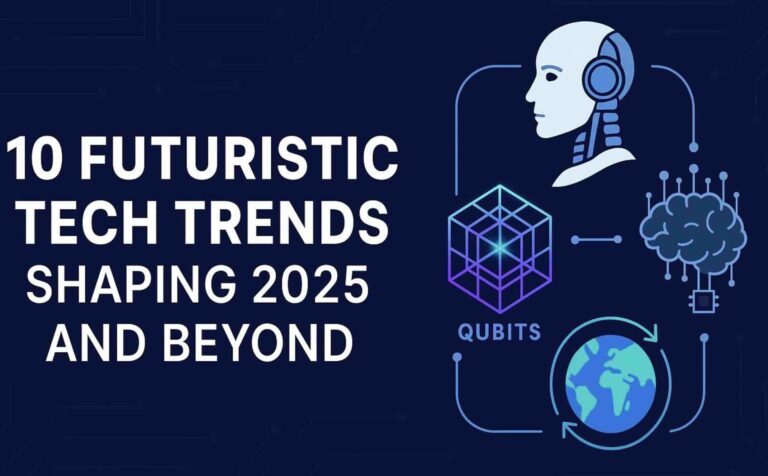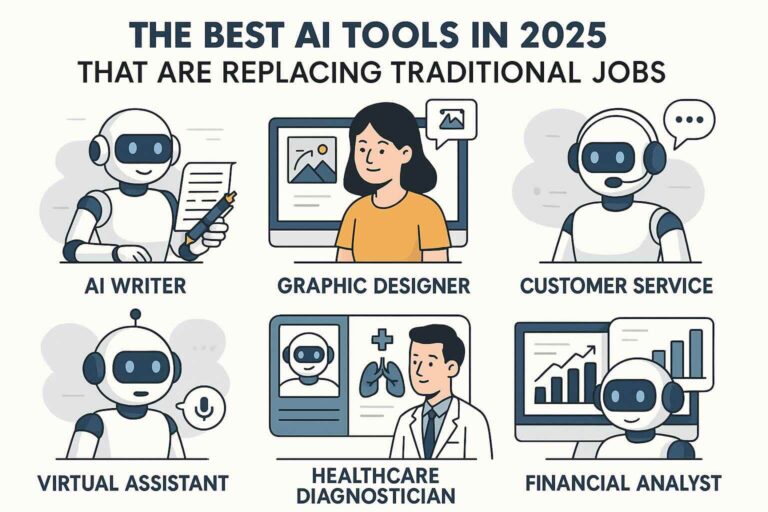Artificial Intelligence (AI) is becoming an integral part of various industries, driving innovation and efficiency. However, the rapid advancement of AI also brings challenges, particularly concerning trust, risk, and security. AI TRiSM (AI Trust, Risk, and Security Management) is an emerging framework designed to address these concerns and ensure AI is implemented responsibly and securely. This article explores AI TRiSM in-depth, covering its significance, components, implementation, and real-world applications.
What is AI TRiSM?
AI TRiSM is a comprehensive approach that focuses on building trust, managing risks, and ensuring security in AI systems. It encompasses governance policies, compliance measures, ethical AI principles, and techniques to safeguard AI applications from adversarial threats. The core elements of AI TRiSM include:
- Trust: Ensuring AI systems are transparent, explainable, and unbiased.
- Risk Management: Identifying and mitigating potential risks associated with AI models.
- Security: Protecting AI applications from cyber threats, data breaches, and adversarial attacks.
Importance of AI TRiSM
AI TRiSM is critical because AI-powered applications influence business decisions, healthcare diagnostics, financial markets, and even national security. The lack of a robust AI TRiSM strategy can lead to unintended biases, security vulnerabilities, and reputational damage. Key reasons why AI TRiSM is essential include:
- Preventing Bias and Discrimination: AI models trained on biased data can reinforce existing societal biases, leading to unfair outcomes.
- Ensuring Explainability and Transparency: Users and regulators need to understand how AI systems make decisions.
- Strengthening Cybersecurity: AI models are vulnerable to adversarial attacks, making security a top priority.
- Regulatory Compliance: Governments worldwide are introducing AI regulations to ensure ethical and secure AI deployment.
Key Components of AI TRiSM
1. Trust in AI Systems
Building trust in AI systems requires:
- Explainability: Making AI decisions interpretable and understandable.
- Fairness and Bias Mitigation: Addressing data and algorithmic biases.
- Accountability: Establishing responsibility for AI-driven decisions.
2. Risk Management in AI
Managing risks involves:
- Model Robustness: Ensuring AI models perform reliably under various conditions.
- Compliance and Governance: Adhering to industry regulations and ethical standards.
- Impact Assessment: Evaluating potential negative consequences of AI deployment.
3. AI Security
Securing AI systems requires:
- Adversarial Defense Mechanisms: Protecting AI from malicious attacks.
- Data Protection: Implementing encryption and privacy-preserving techniques.
- Secure AI Infrastructure: Strengthening the entire AI lifecycle against threats.
Implementing AI TRiSM
Implementing AI TRiSM requires a structured approach, involving:
- AI Governance Framework: Establishing policies and ethical guidelines.
- Risk Assessment Strategies: Conducting regular audits and risk evaluations.
- Security Best Practices: Applying robust cybersecurity measures.
- Continuous Monitoring: Using AI-driven tools to detect and mitigate risks in real-time.
Real-World Applications of AI TRiSM
Various industries are adopting AI TRiSM to enhance security and trust:
- Healthcare: Ensuring AI-driven diagnostics are fair and transparent.
- Finance: Mitigating risks in AI-powered trading and fraud detection.
- Retail: Protecting customer data and preventing algorithmic biases.
- Government: Implementing AI responsibly in public services.
Challenges in AI TRiSM
Despite its importance, AI TRiSM faces challenges such as:
- Lack of Standardized Regulations: AI policies vary across regions.
- Complexity in Explainability: Making deep learning models interpretable remains a challenge.
- Evolving Cyber Threats: AI security must keep up with emerging threats.
Conclusion
AI TRiSM is crucial for ensuring that AI systems are secure, trustworthy, and free from bias. Organizations must adopt AI TRiSM principles to build responsible AI applications that align with ethical and regulatory standards. As AI continues to evolve, so must our approaches to managing its risks and security, ensuring that AI serves humanity responsibly and effectively.












